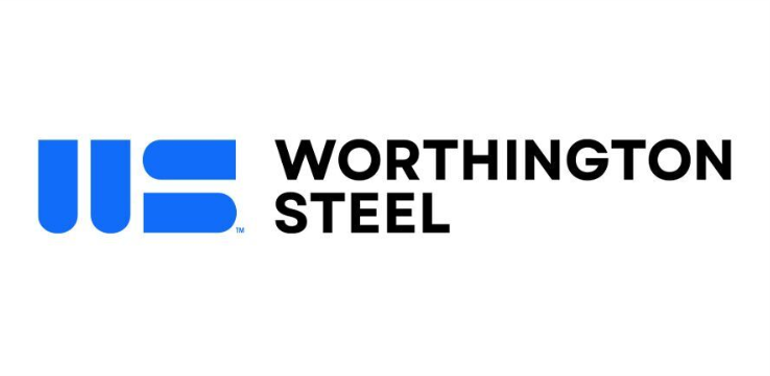Service Centers

Backlogs Worry OEMs and Service Centers
Written by David Schollaert
February 22, 2022
Strong downstream demand for steel is expected through the first half of 2022, but unfilled orders and backlogs resulting from supply-chain troubles and labor shortages may wreak havoc in the second half, cautioned a panel of OEM and service center executives during the Tampa Steel Conferences last week.
![]() “We’re certainly seeing strong demand for the first half of the year, but I’m concerned for the second half. … The main issue are the backlogs. It may be highlighted on manufacturing, but it’s everywhere,” said Bob Elsasser, vice president of procurement at Columbus, Neb.-based Behlen Manufacturing Co.
“We’re certainly seeing strong demand for the first half of the year, but I’m concerned for the second half. … The main issue are the backlogs. It may be highlighted on manufacturing, but it’s everywhere,” said Bob Elsasser, vice president of procurement at Columbus, Neb.-based Behlen Manufacturing Co.
Elsasser made the remarks during a steel buyers’ panel. Other panelists were John Farley, senior vice president and chief operations officer at Tampa, Fla.-based service McNichols Co., and Mike Lerman, a president at South Bend, Ind.-based service center Steel Warehouse.
While rapidly falling steel prices grab headlines, OEMs and service centers might be even more concerned with supply-chain restrictions, rising labor costs and higher freight rates.
“Labor challenges are suppressing steel demand right now,” said Farley. “There could be a lot more demand for steel right now if we could work through backlogs.”
Finding and retaining labor is a challenge, said Lerman. “The commercial folks are forecasting a healthy increase in demand, and the operational side is trying to understand how they’ll get it done when you don’t have the space, parts, or people. And there’s excess inventory, you can’t convert it.
“The ripple effects from supply-chain and labor troubles will have greater effect on final steel demand than pricing will,” Lerman added. “There’s commercial demand. But operationally, how do we get there” to meet it?
The panelists agreed that construction demand is strong and consistent across the country. There is growth from data centers and warehousing to life sciences and healthcare. Large urban areas are seeing a boost in mulitresidential construction as well.
“Distribution and warehousing can’t be built fast enough, and that’s not going to stop anytime soon,” said Farley. “Fabricators and N-GOES expects a particularly strong year for steel demand.”
“There seems to be a theme that most industries have forecast an increase for this year, though it certainly doesn’t apply to all,” added Elsasser.
And falling prices are still a concern, especially with the resulting decline in inventory values.
“Declining steel prices and rising labor costs will present some of the greater challenges for the steel sector,” said Farley.
“It’s certainly a challenge to enforce deals when prices are decreasing, but it’s just a function of pricing dynamics” said Lerman. “It’s a challenge to ensure deals are being honored.”
“On the way up, buyers were happy to take material they had confirmed at lower levels but have selective amnesia when prices are moving in the opposite direction,” noted Elsasser. “The same pricing dynamics are still at play on a downtrend.”
By David Schollaert, David@SteelMarketUpdate.com

David Schollaert
Read more from David SchollaertLatest in Service Centers

GM names Worthington a 2024 Supplier of the Year
This is the Ohio-based steelmaker’s fourth time winning the award.

Olympic taps Hegler for GM role at Action Stainless
Olympic Steel has named Alex Hegler as general manager for its Action Stainless facility in Rock Hill, S.C.

Olympic opens new Houston facility for Action Stainless unit
Olympic Steel has opened a new facility in Houston to support its Action Stainless business.

Worthington Steel sees demand improvement after earnings slump
Lower volumes and steel prices dampened Worthington Steel’s profits, but market momentum is building, the metals processor said in its most recent quarterly earnings report.

Galvanized buyers see strong demand, but uncertainty lingers
Demand is up, but tariffs raise concerns
